Santichon Village
Santichon Village provides the way of life and Chinese clay houses
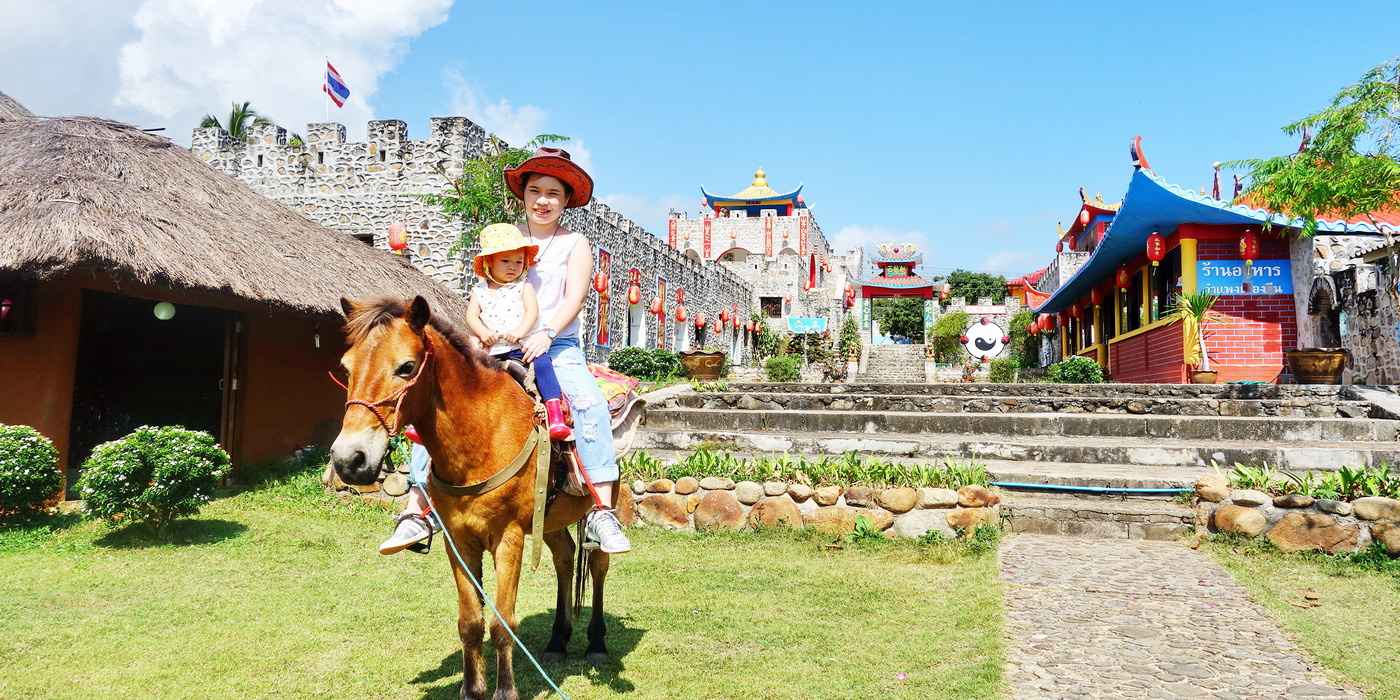
In the scenic heart of Mae Hong Son Province, approximately 5 km west of Pai town, lies Santichon Village, a destination of both cultural and historical importance. Known also as the Chinese Yunnan Village, this site showcases the enduring legacy of Chinese immigrants who sought refuge in Thailand after the mid-20th-century civil unrest in China. Today, it stands not only as a tourist attraction but as a living monument to Yunnanese heritage, architecture, and tradition.
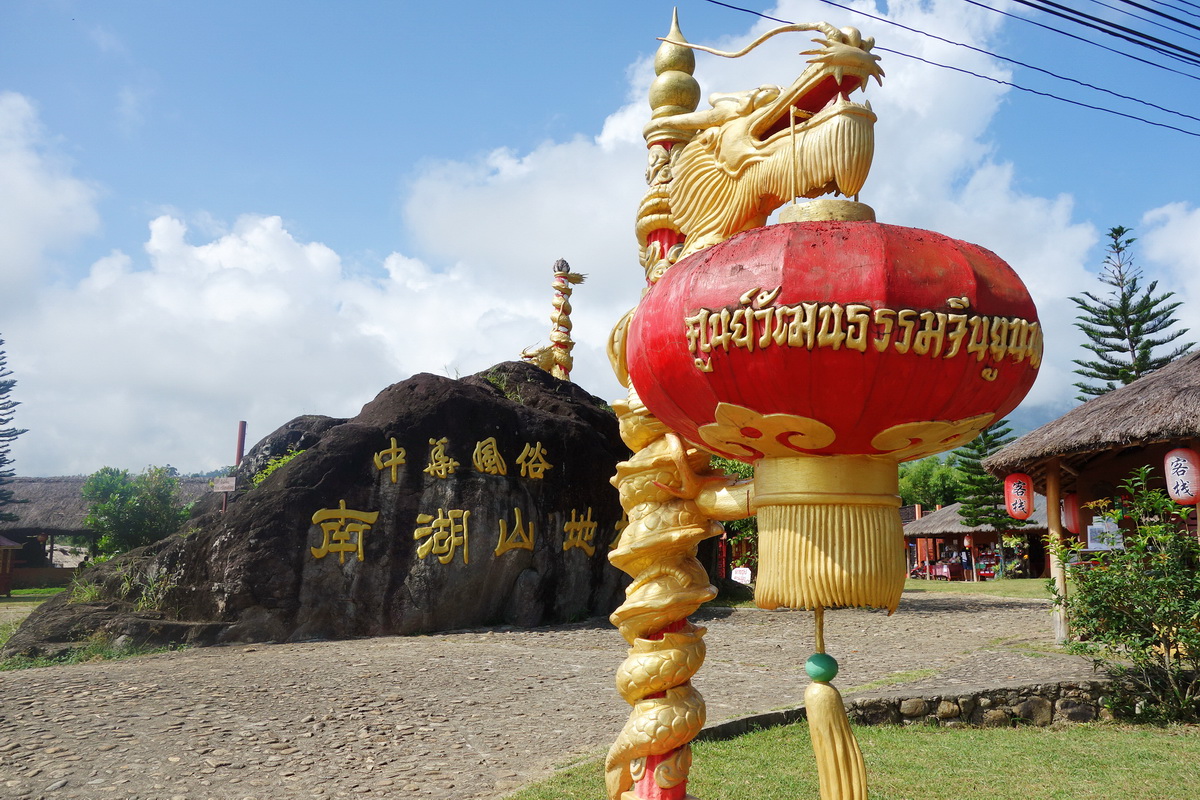
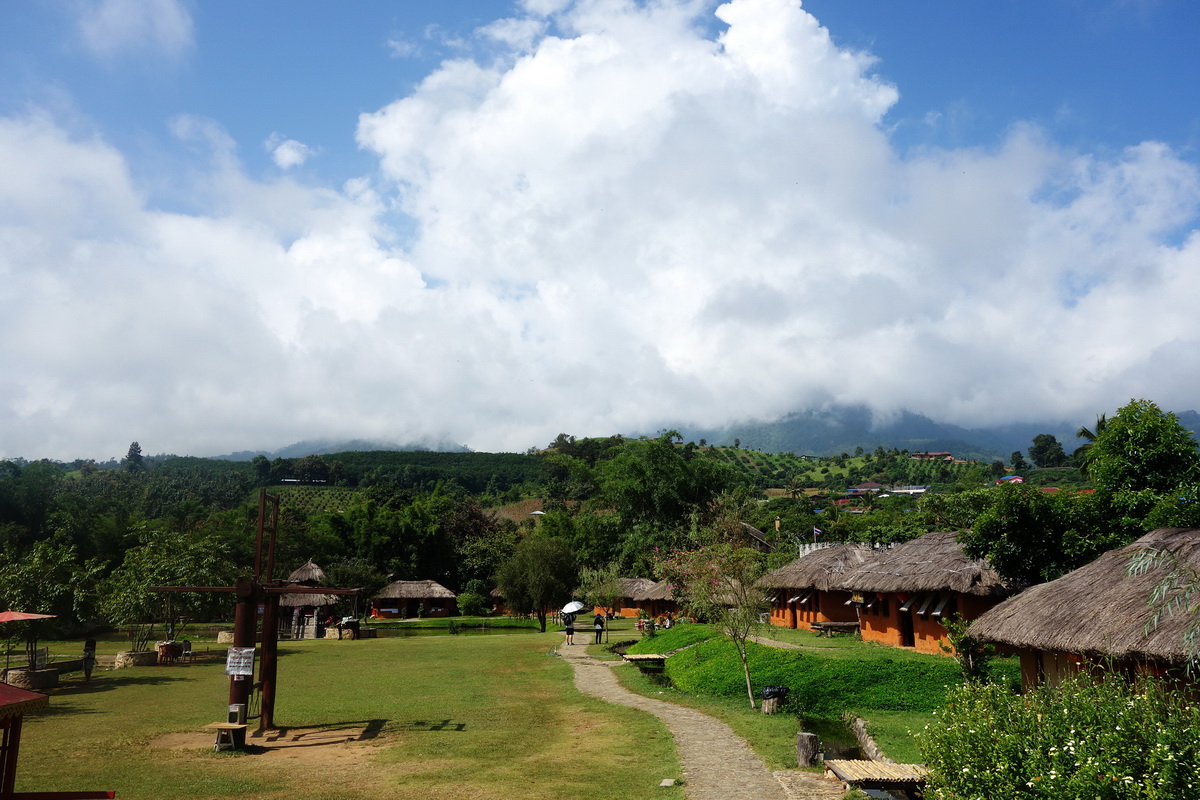
🏯 The Origins and Significance
Santichon Village was established by Yunnanese people—members of the Kuomintang (KMT) who fled during and after the Chinese Civil War. Choosing the hills of Pai for settlement, they brought with them Chinese language, religion, food, and architectural styles. The village now reflects decades of careful preservation, passed down through generations, and remains one of Thailand’s most authentic Chinese cultural enclaves.
🧱 Traditional Yunnan Architecture
The most defining feature of Santichon is its distinct Yunnan-style architecture, which sets it apart from neighboring Thai villages:
-
Clay Houses: Built with earth and straw, they offer natural insulation and resemble traditional homes from southern China.
-
Stone Archways and Pillars: These symbolize welcome and protection, often inscribed with Chinese characters of prosperity.
-
Replica Great Wall: A constructed section mimics China’s iconic wall, complete with watchtower-style steps and scenic views.
-
Wooden Bridges & Pavilion: Designed in classic Chinese garden fashion, these blend functionality with artistic symbolism.
The attention to historic architectural details makes the village an ideal destination for those interested in cultural preservation and building design.
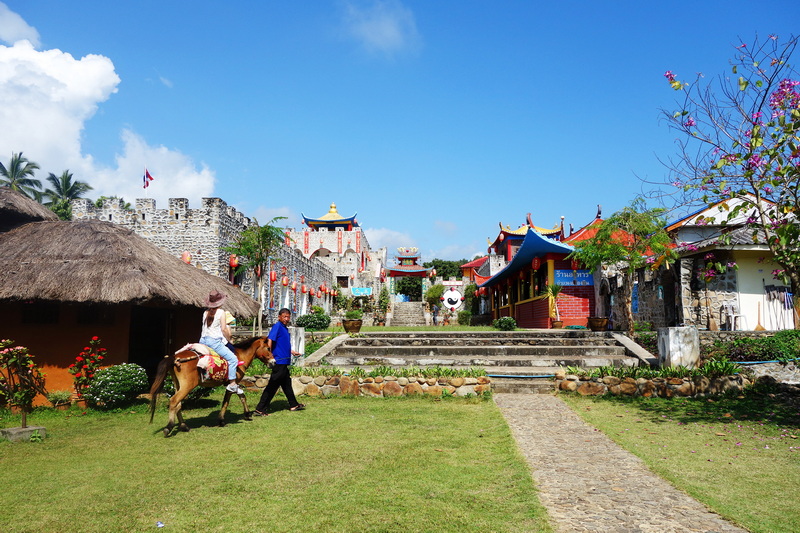
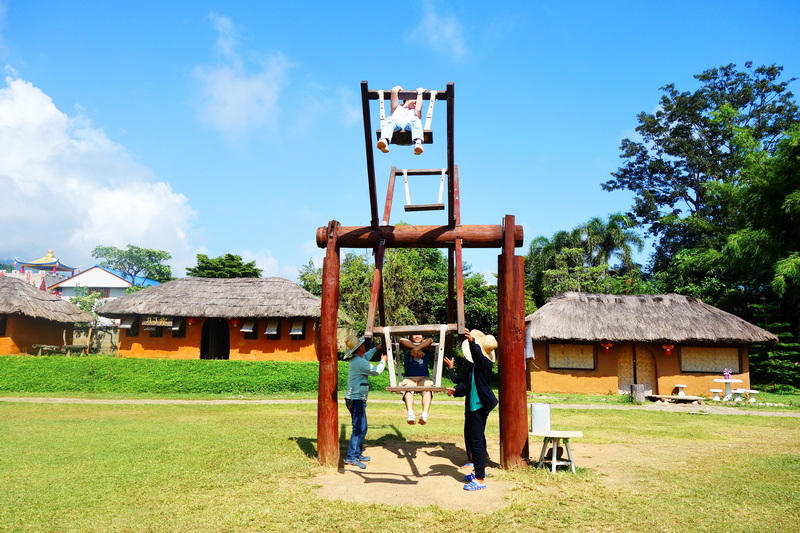
🎎 Cultural Activities & Structures
👘 Chinese Costume Experience
Visitors can rent Chinese-style clothing—often with vibrant embroidery and layered fabric—for 100 baht, allowing immersive interaction with the built environment and deeper cultural engagement.
🐴 Horse Riding Tours
The village offers:
-
3-loop ride (50 baht) – Around the core village
-
1-hour ride (300 baht) – Following old trade routes and scenic trails
The use of horses recalls earlier periods when horseback was a main form of rural transport in Yunnan.
🎠 Historic Wooden Swing
A tall, manually operated swing stands near the village center. Historically used during festivals and social events, it offers both entertainment and cultural context.
🍵 Tea Shops & Culinary Heritage
Restaurants and tea shops are housed in historic-style buildings, serving traditional Yunnan dishes such as:
-
Braised pork leg with mantou (buns)
-
Black chicken herbal broth
-
Hand-rolled dumplings
Each building is constructed with architectural symmetry and wood detailing that echoes early 20th-century southern Chinese structures.
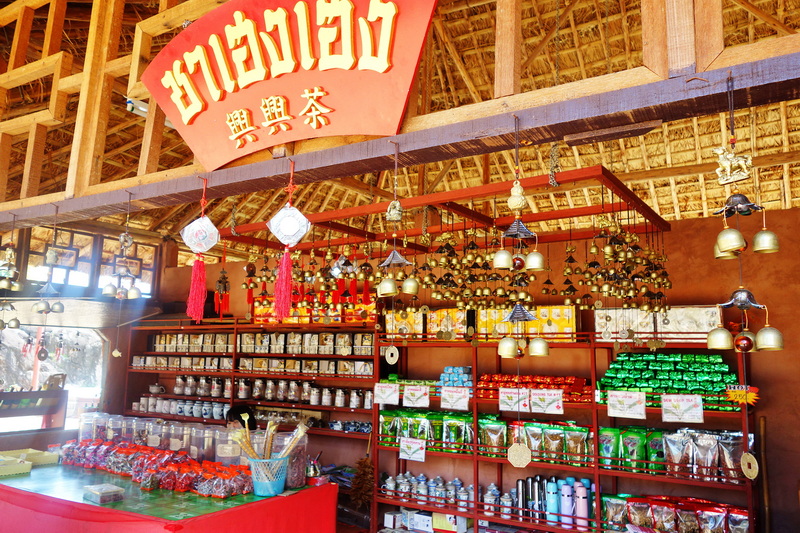
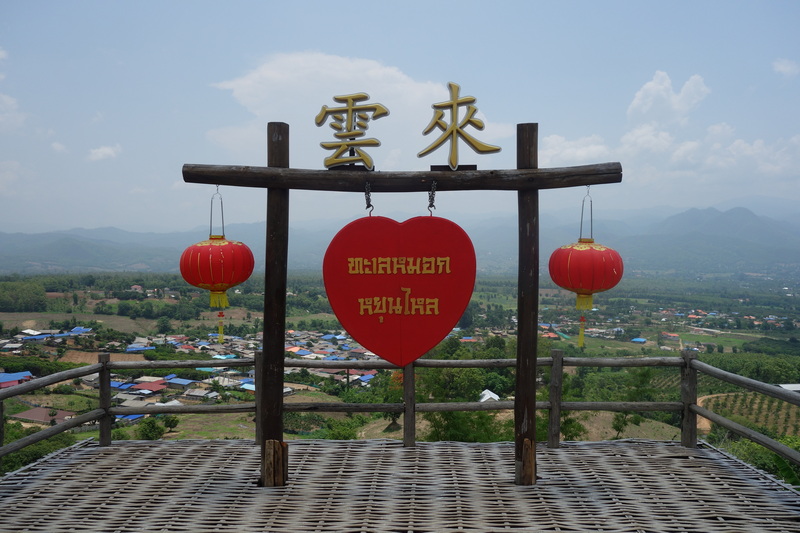
🛍️ Trade, Markets & Preservation
Traditional wooden shophouses host local markets, selling:
-
Herbal tea and medicinal plants
-
Calligraphy brushes, paper lanterns, and fan scrolls
-
Miniature clay pots, souvenirs, and handmade sweets
These trades preserve not only goods but intangible heritage such as language and customs.
🌄 Yun Lai Viewpoint – Landscape and Legacy
Located behind the village is Yun Lai Viewpoint, an elevated location historically used for watching incoming visitors or caravans. Today, it’s known for its breathtaking sunrise over Pai Valley, but its historic purpose reflects the importance of visibility and protection in settlement planning. The bamboo deck and surrounding fields are now peaceful, yet deeply connected to the village’s architectural story.
🛣️ Accessibility & Location
The view point is on the West side of Pai, out past the hospital. Follow the red “viewpoint” signs by the roadside for about 5km. You will pass Wat Nam Hoo. After the Wat you will see a large Chinese gate covering a bridge, crossing that leads you into a Chinese Yunnan Cultural Village where you are then faced with an incredibly bumpy and steep unmade road. At the top of the hill, you will be greeted by a large parking area and an earth path leading you up to the view.
On our way back you can visit to Mo Pang Waterfall, which is really cool because the water has polished the stones to water slides.
 Previous Post
Previous Post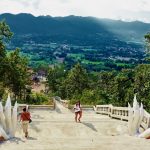 Next Post
Next Post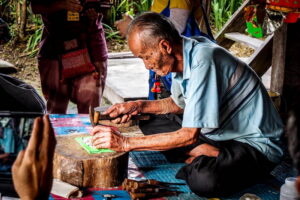
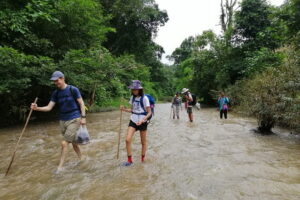
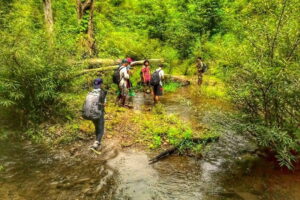
[…] Santichon Village. […]